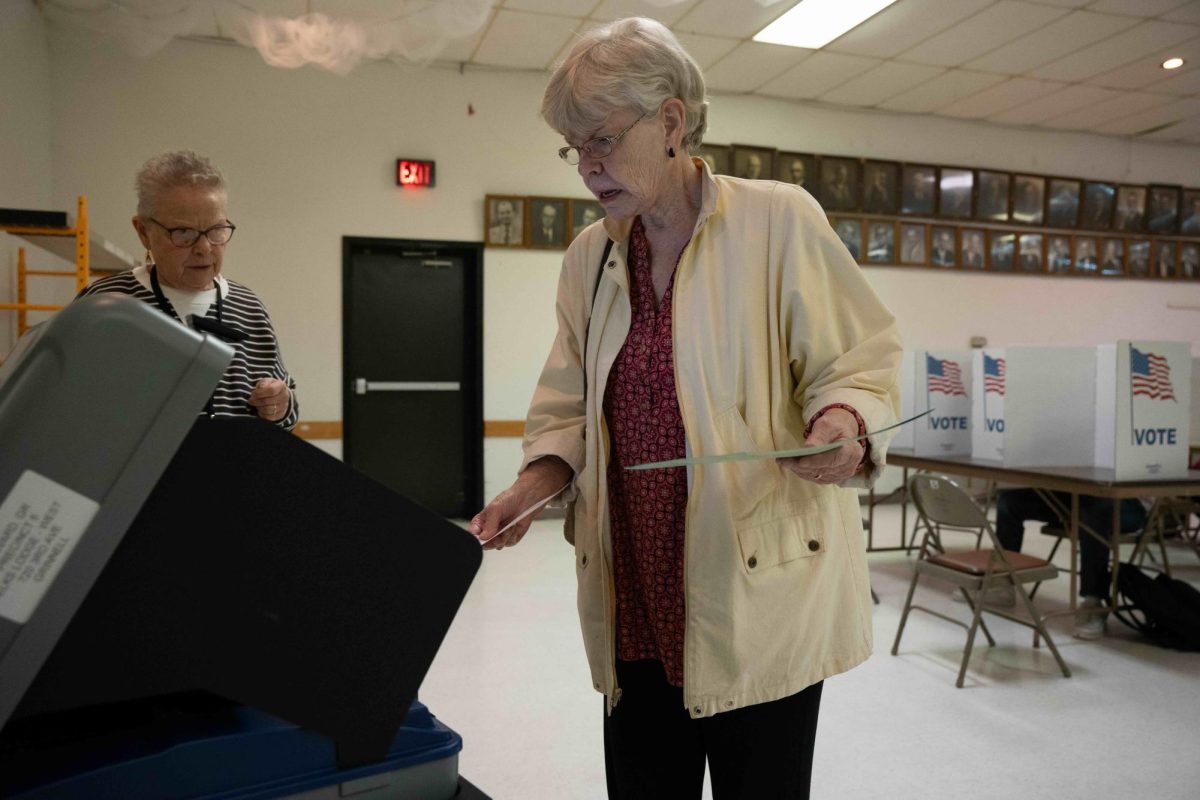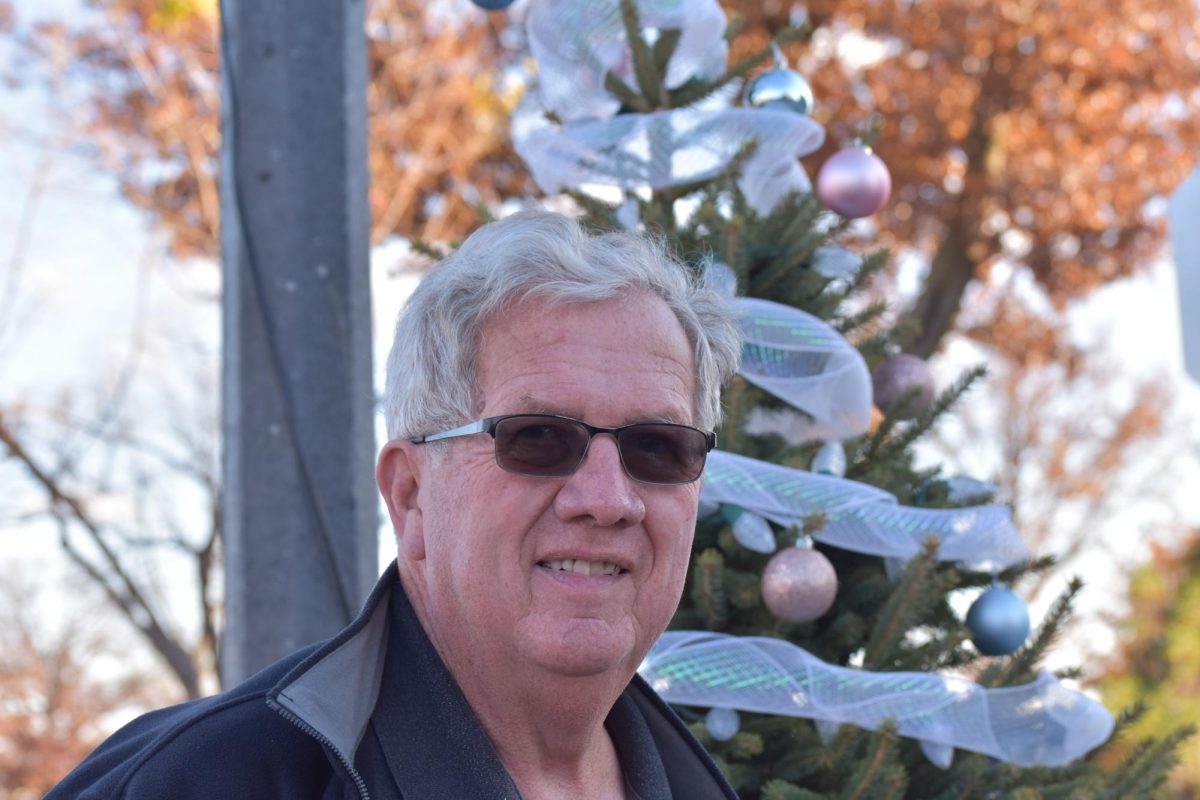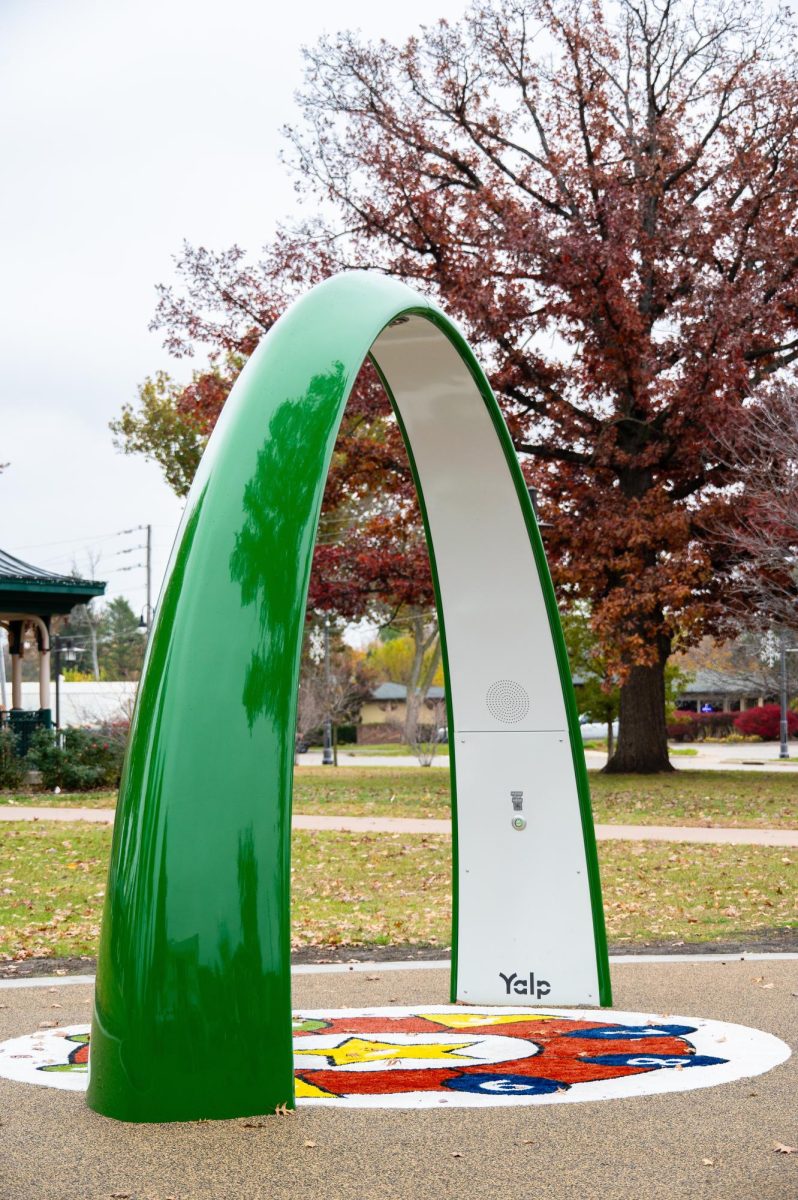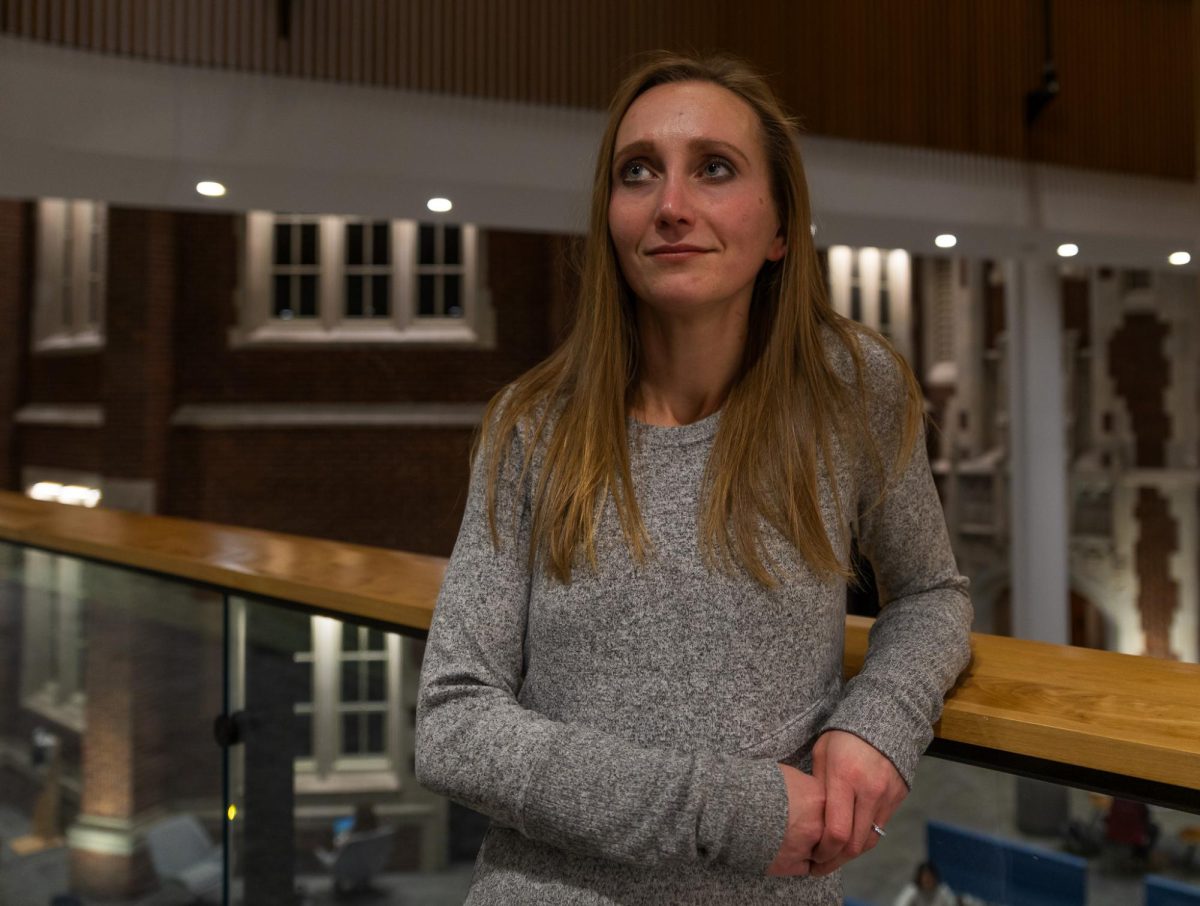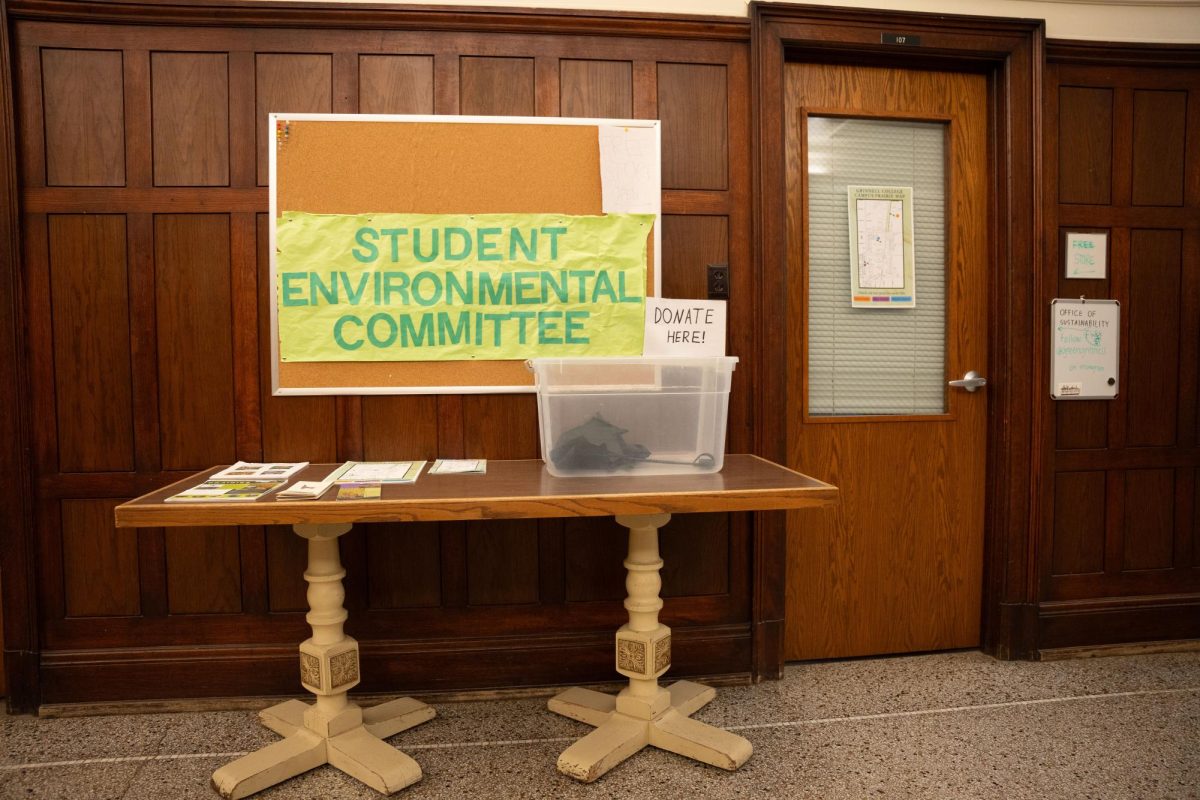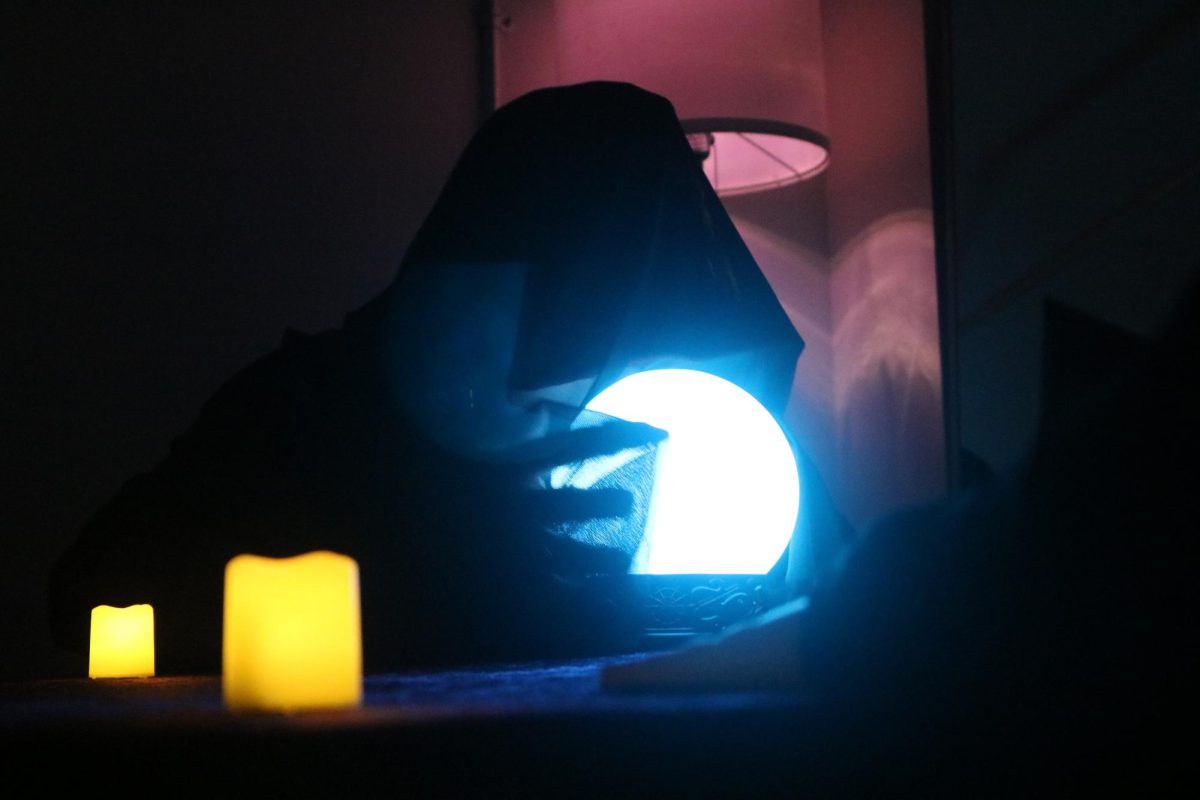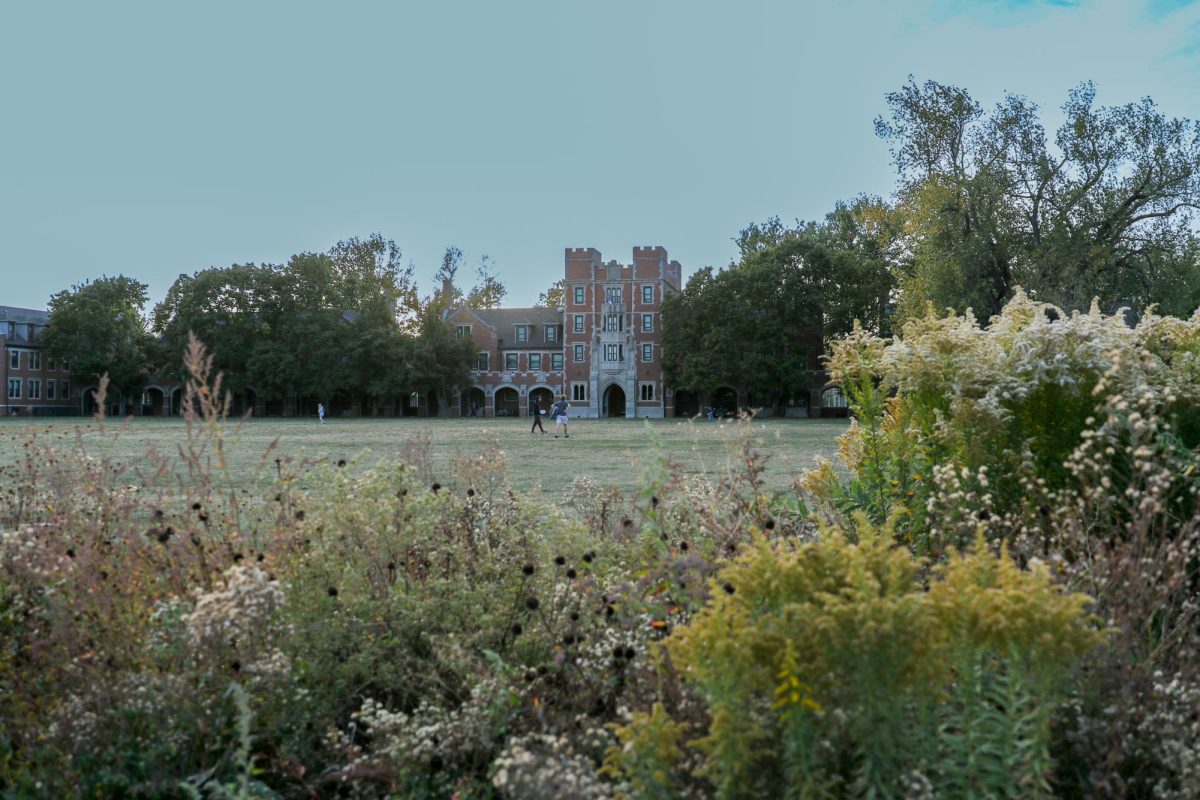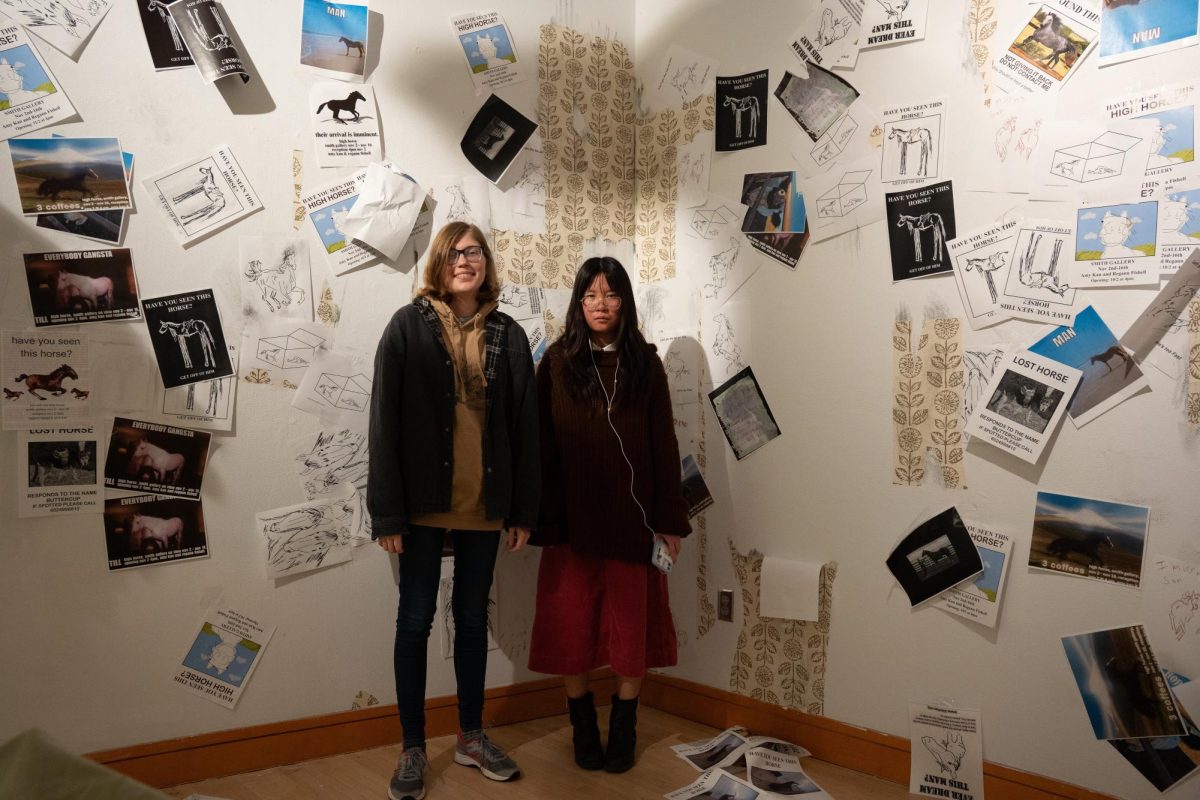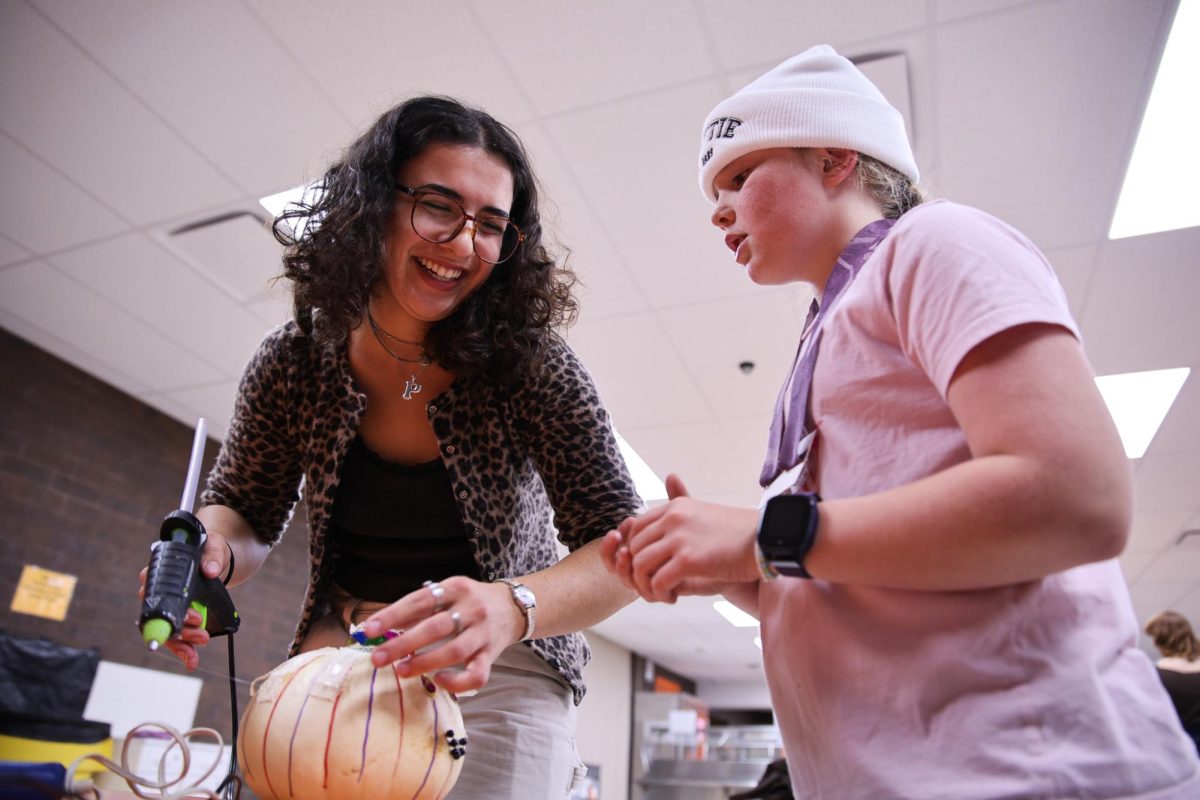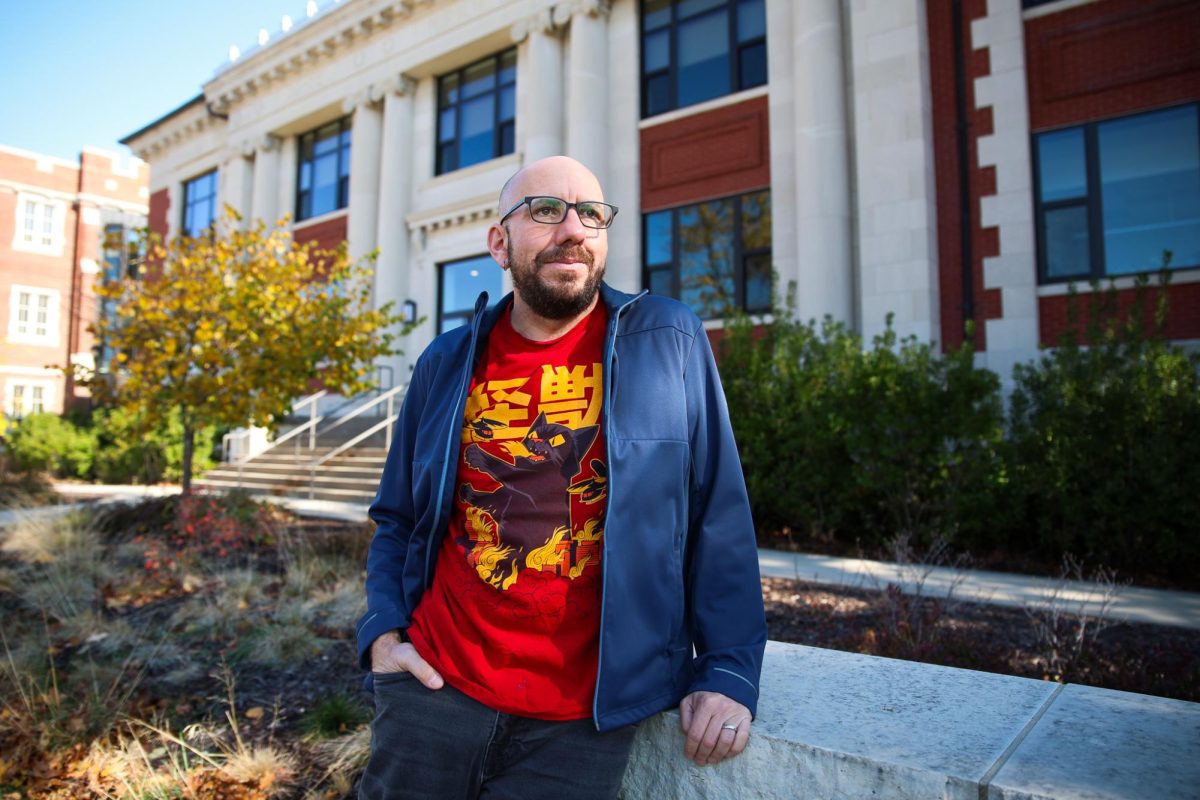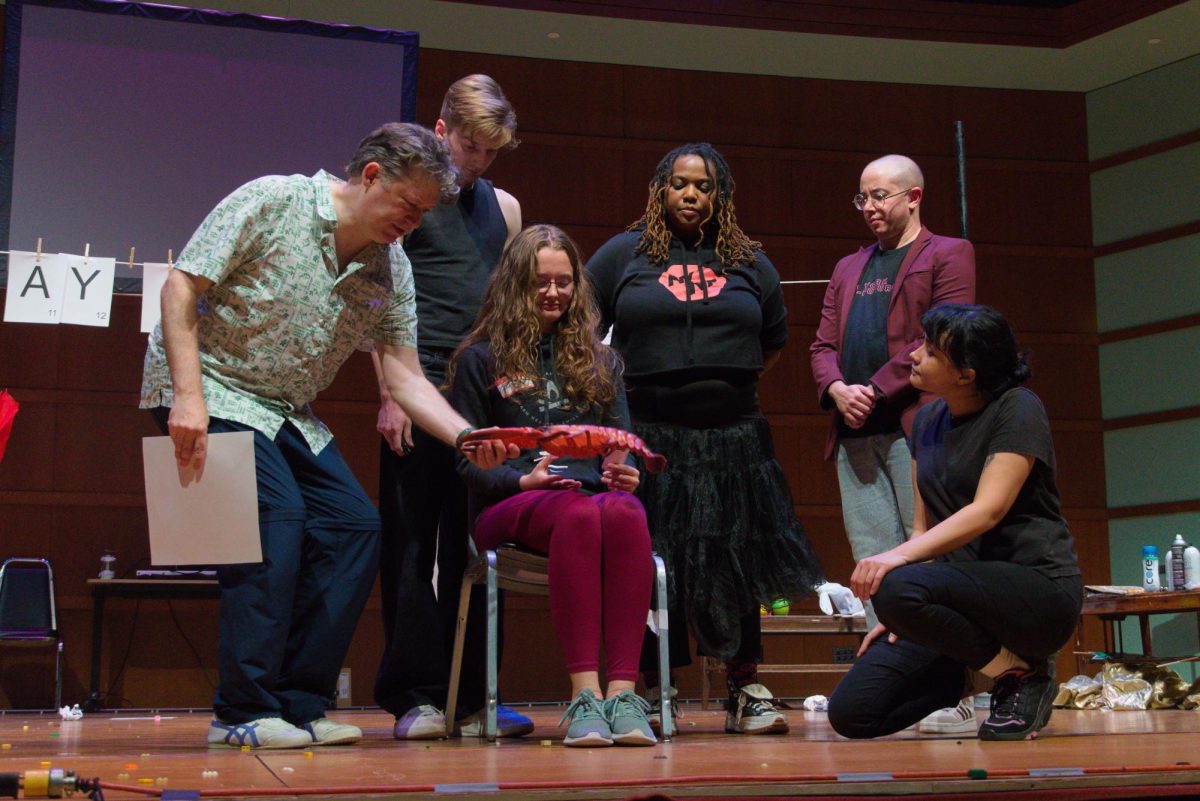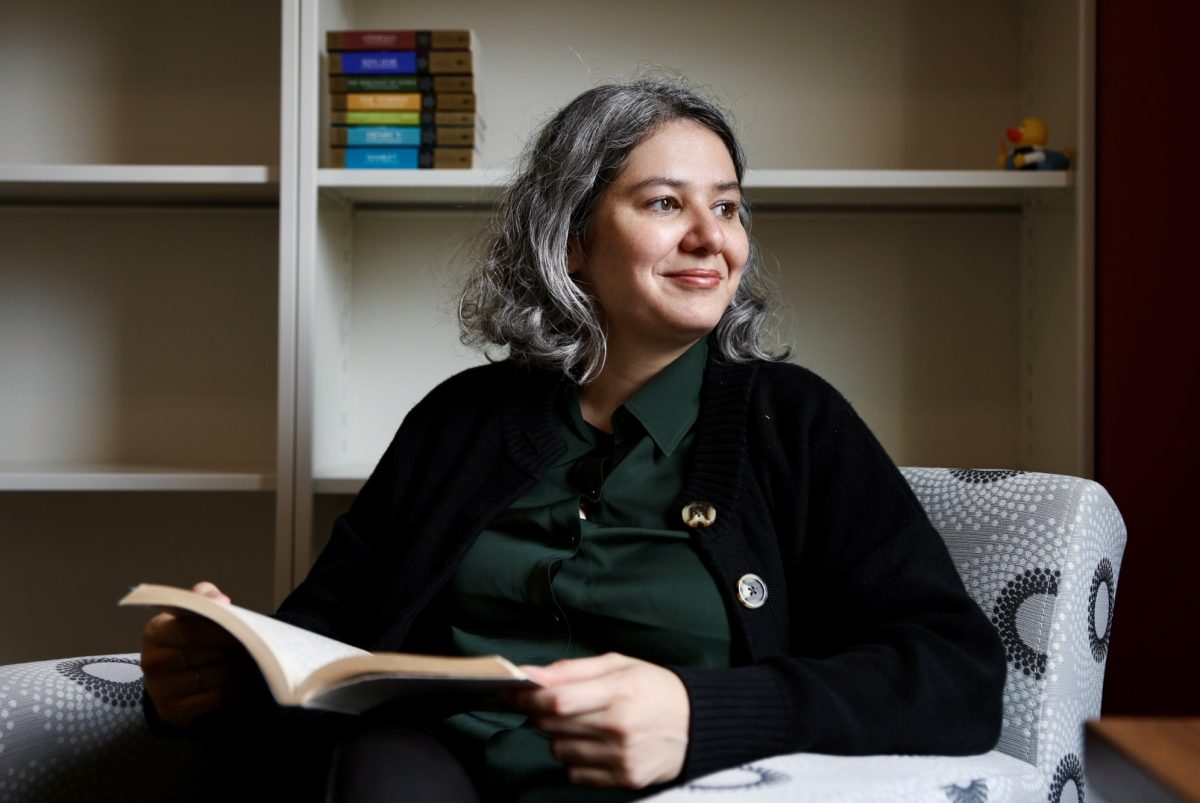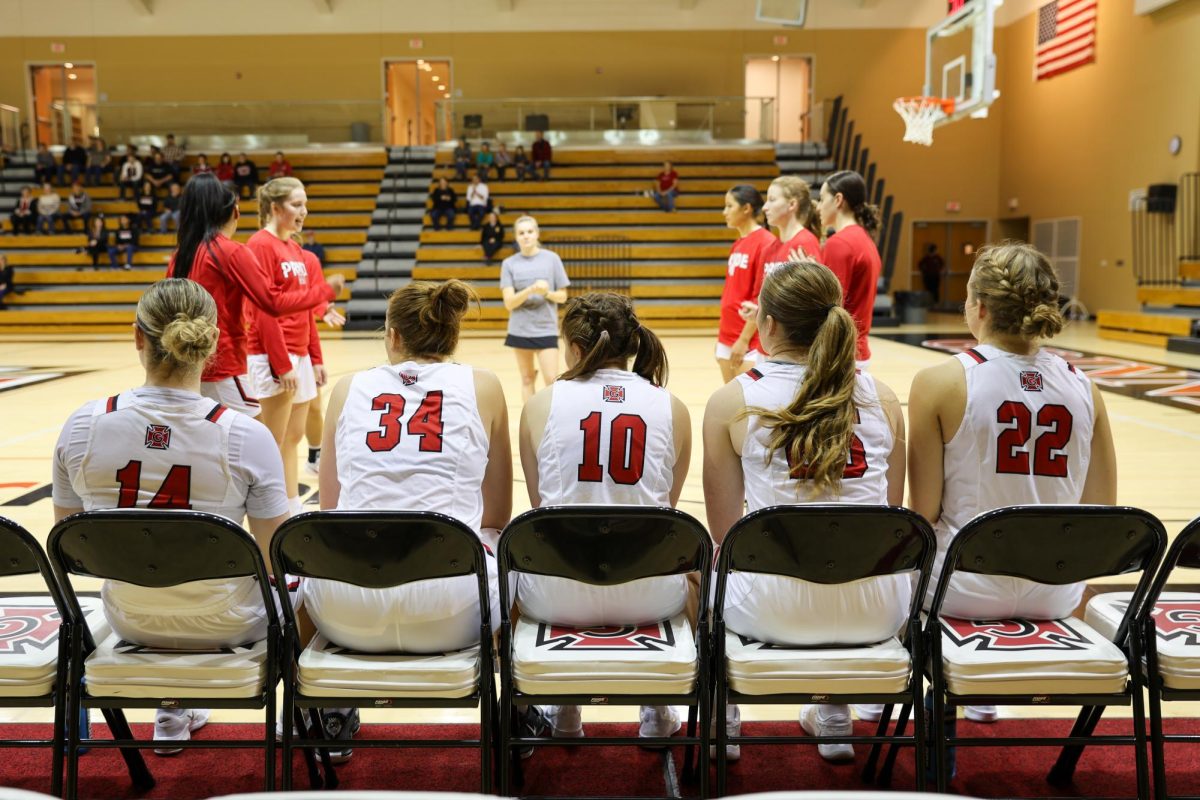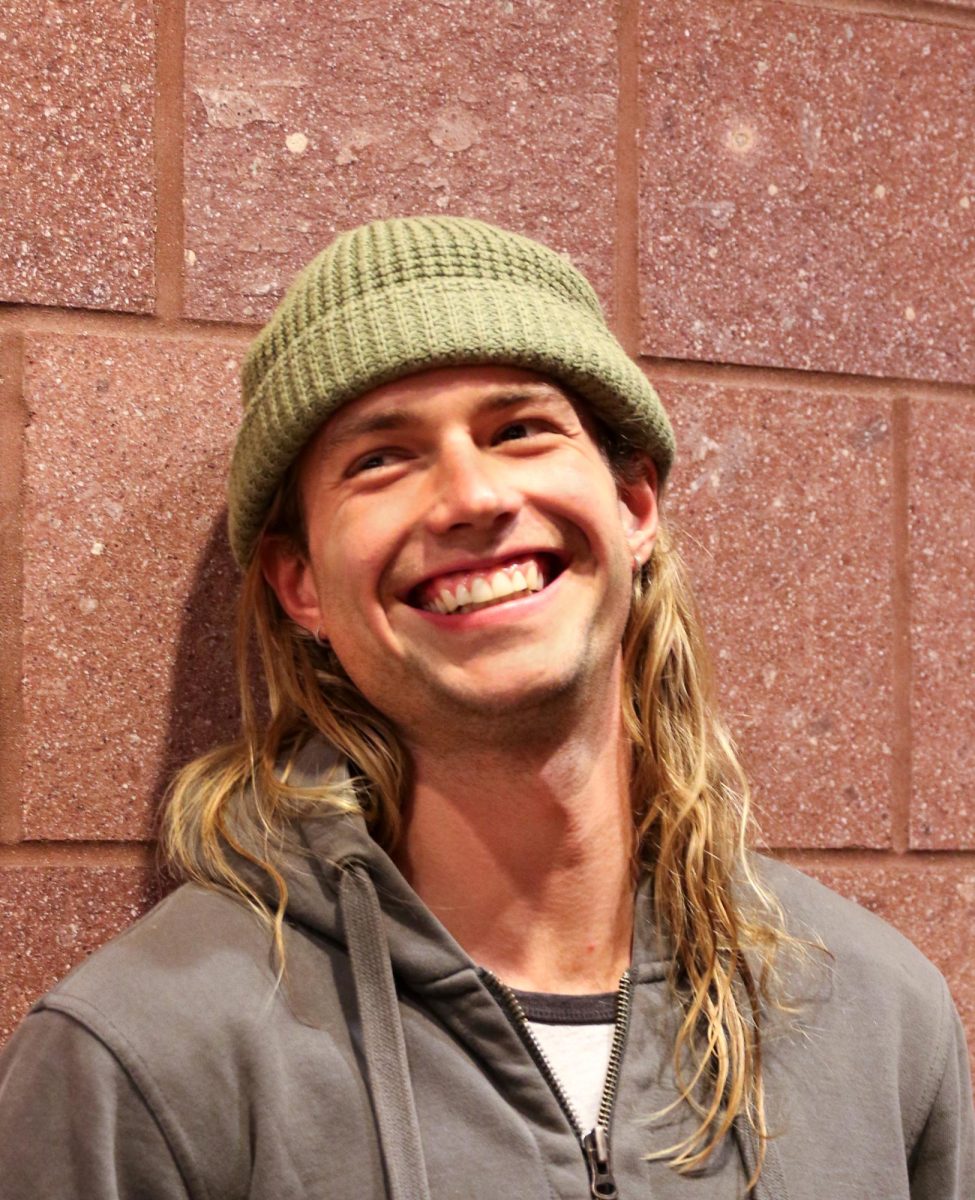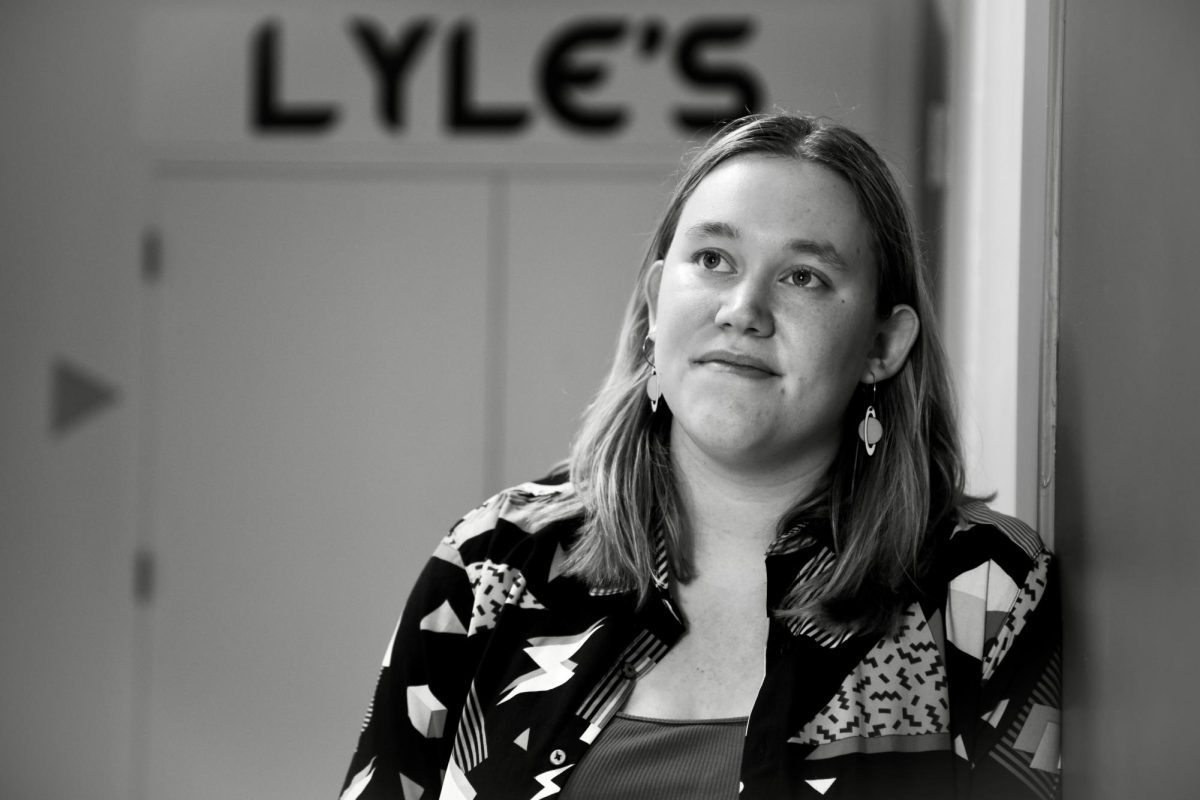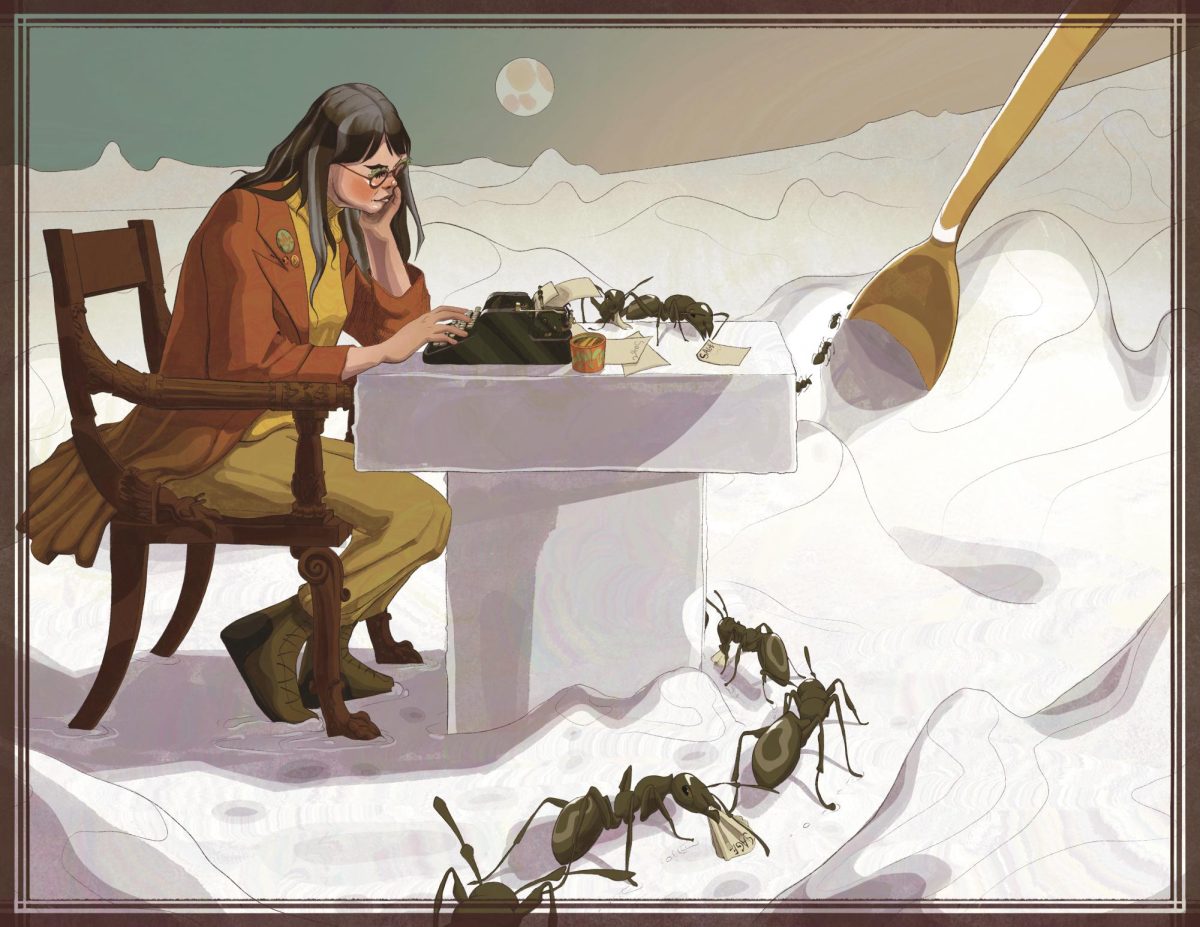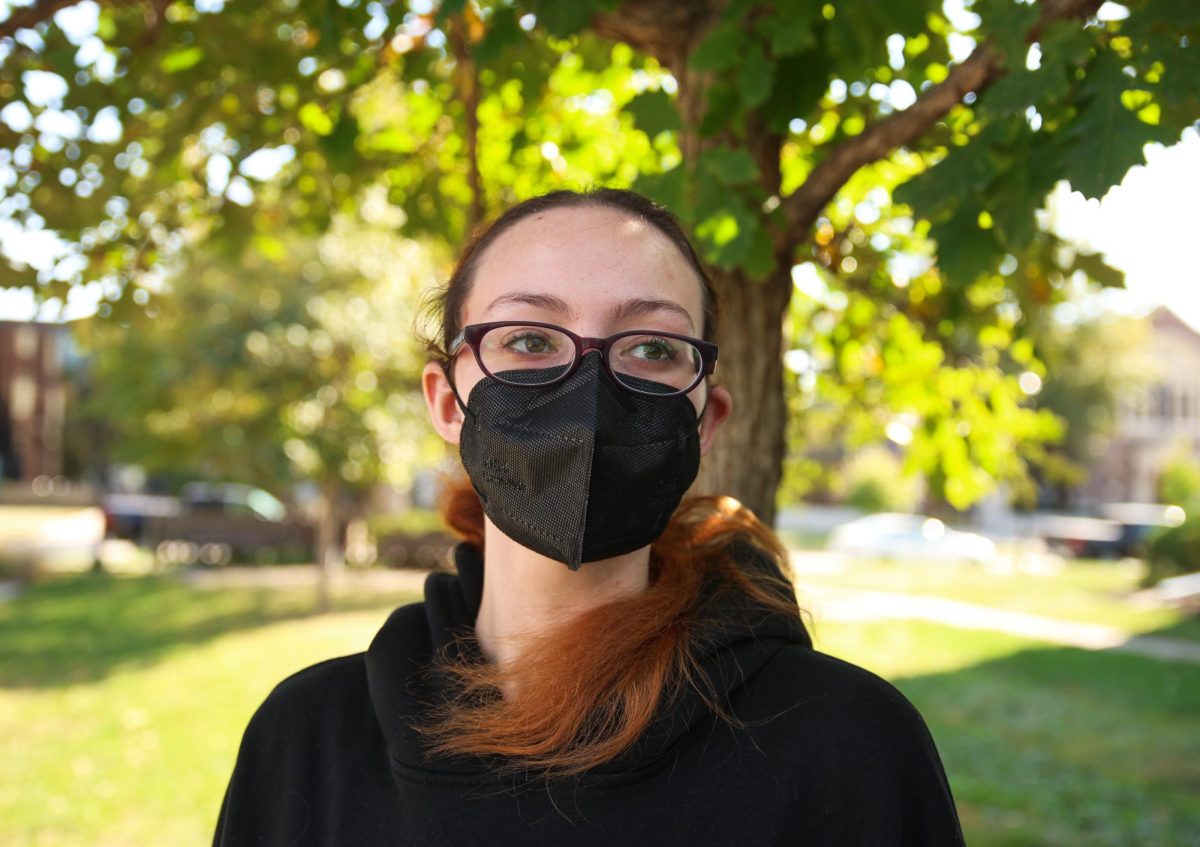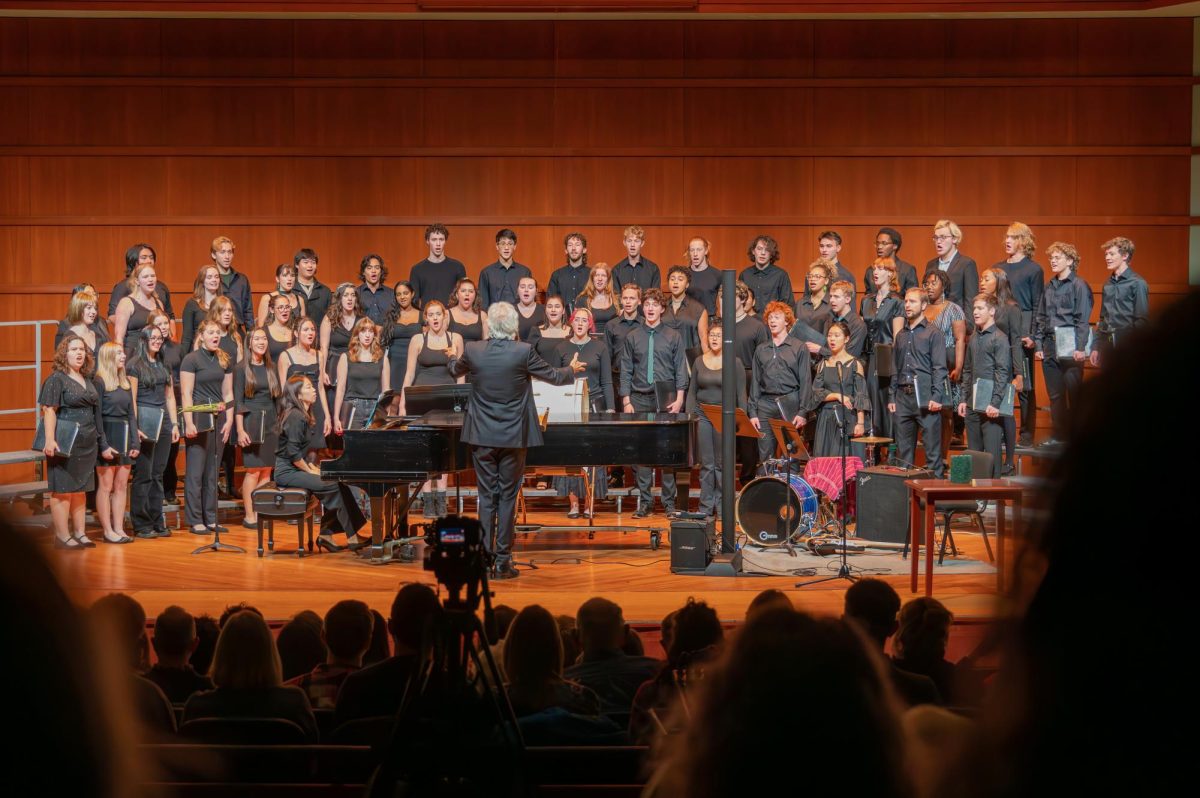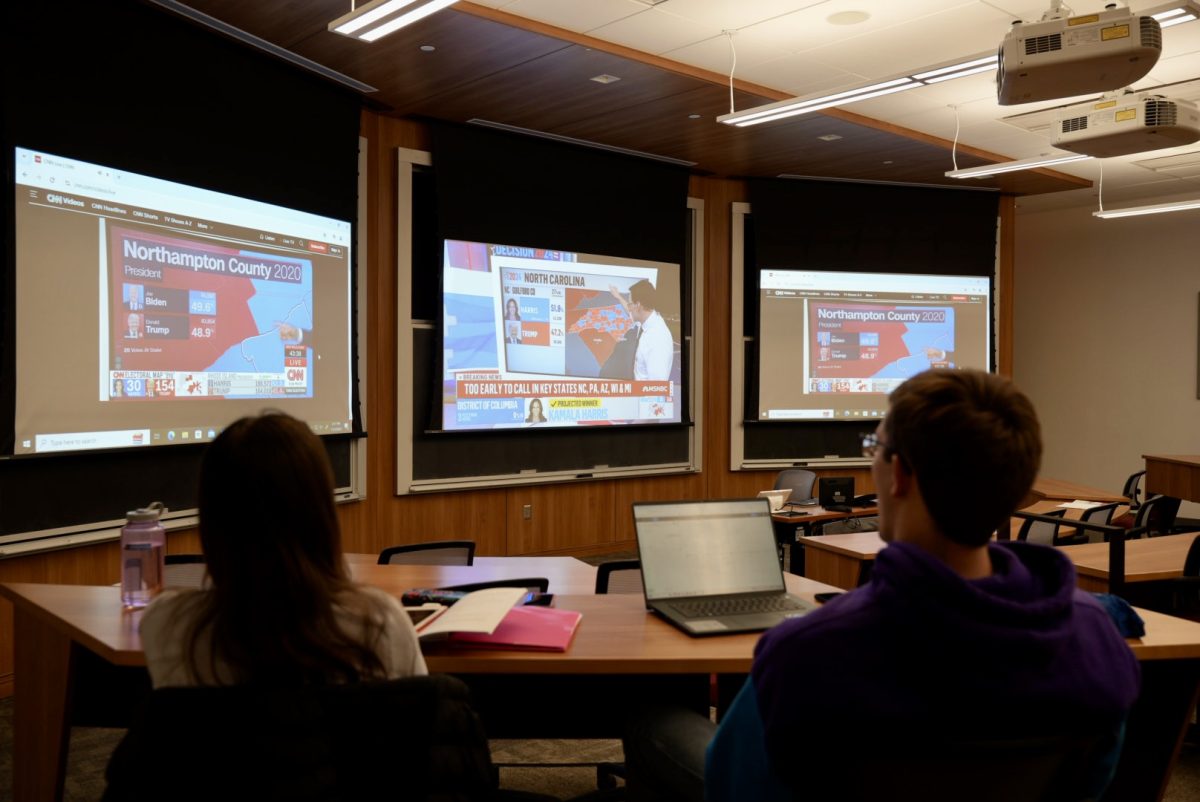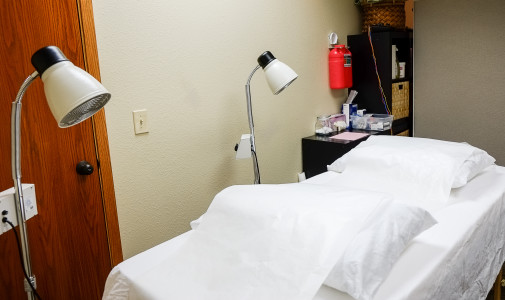
Danielle Sadler’s office is cozy and sparse: only her desk, a couple of chairs, and a table holding brochures and an assortment of teas occupy the consultation area. A curtain separates this space from the room in which she practices acupuncture, a room occupied by a padded table and equipment. Sadler’s business, Acupuncture Grinnell, opened just a month ago.
Acupuncture, a traditional Chinese medicine (TCM), was first developed over 2,000 years ago to treat various medical conditions. One of Sadler’s brochures describes the practice as “the insertion of very thin needles into specific points of the body to treat various conditions and improve overall health.”
Sadler developed an interest in acupuncture when she first visited a clinic at age 30. She experienced difficulties with mental health before approaching acupuncture.
“I struggled with depression and anxiety in my twenties and got to the point where I was on medication, wasn’t really excited with my options. I couldn’t get anybody to tell me if there was a set time period, and they weren’t working all that great.”
The needles are about .25 mm and often not felt upon insertion. This is usually paired with the administration of dietary supplements and herbs.
“In China, the treatment usually consists of about 80 percent herbs and 20 percent needles. In the U.S., the practice is usually about the opposite,” Sadler explains.
Although the evolution of acupuncture has led to varying practices, some still adhere to the ancient text. According to Sadler, some practitioners are trying to determine the effects of different acupuncture points on the brain by utilizing MRI research.
According of Sadler, this practice is also gaining worldwide recognition. For instance, Youyou Tu won the Nobel Prize in Physiology and Medicine in 2015 for using an herb discussed in TCM texts to develop a drug used to treat malaria. Sadler also noted that Cleveland Clinic added an herbal medicine program, which is separate from their existing acupuncture program.
It can be difficult, however, to practice acupuncture in the United States. According to Sadler, the challenge is to maintain the original nature that originated from Buddhist and Taoist philosophies.
The treatment, although known as an “alternative medicine,” is generally practiced alongside, rather than instead of, treatments prescribed by a primary care physician. Sadler emphasizes that TCM, although varying from place to place, is a holistic practice and not limited to specific treatments.
“It’s really hard to do acupuncture in isolation because everyone is doing other things. Most people have a primary care physician, but also, people are doing chiropractic treatment,” Sadler said. “It’s important to stress that traditional Chinese medicine is a holistic practice and although acupuncture has been adopted around the world, it stems from an integrative form of healthcare.”
With the medical benefits of acupuncture, there is potential for it to benefit the Grinnell community. When asked about acupuncture’s application in the College, Sadler mentioned the mental health issues so many students on campus struggle with, and added, “It seems like there’s a need for it here.”


